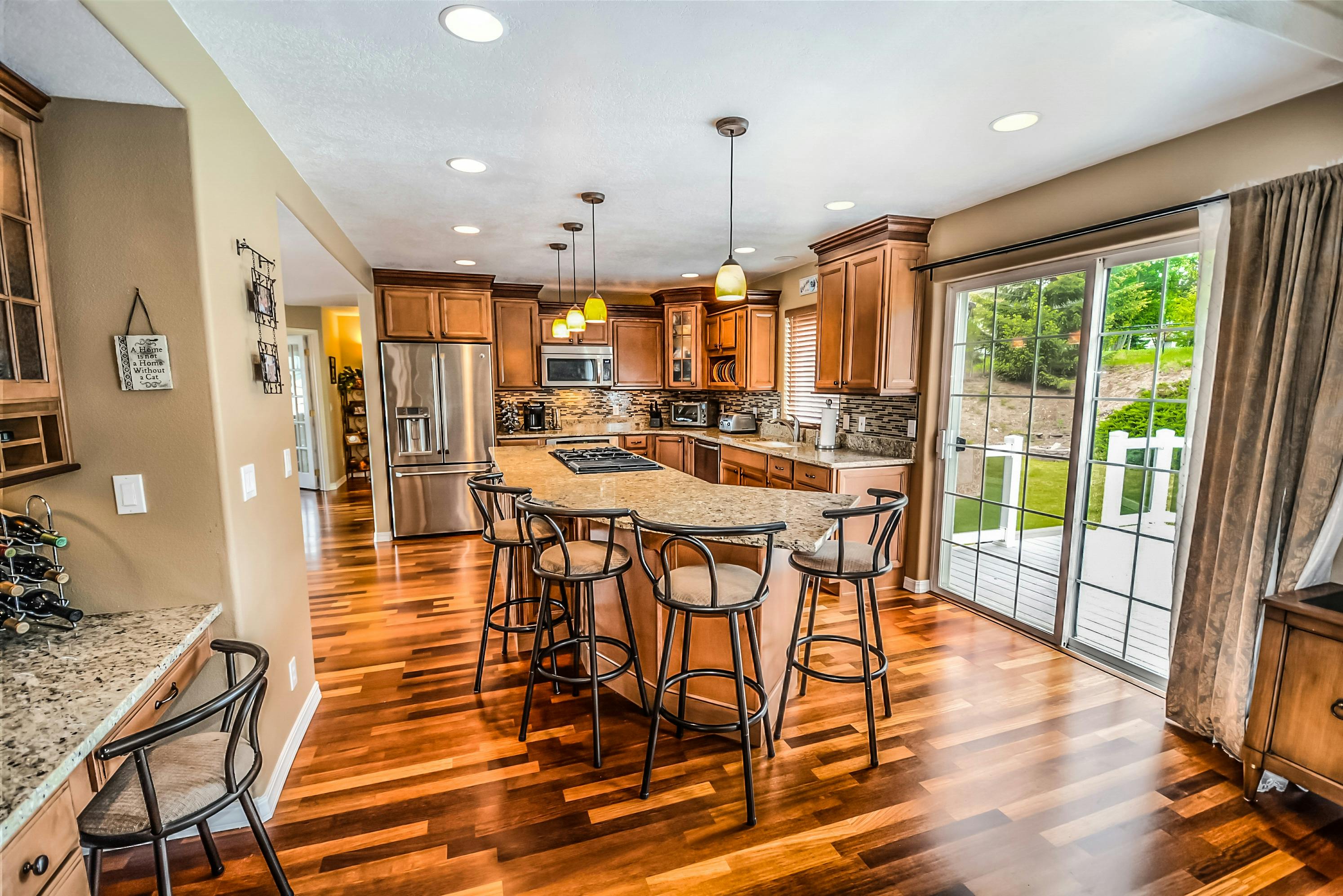Mortgage applications take time and paperwork, not to mention the over 100 signatures required of the average home buyer. When accounting for the shifting landscape of requirements and a fluctuating available home inventory, buying a new home can seem like a never-ending process. However, armed with powerful planning tools and a general understanding of changing housing prices, you'll be in your new home before you know it.

Changing Requirements for Home Buyers
The home-buying market has undergone dramatic shifts since 2007 due to significant alterations to qualification rules for mortgage applications. Although the traditional standard required a 20% down payment, the sub-prime mortgage boom changed the stakes. In the years leading up to the 2007-2009 recession, homebuyers could finance the entire price of a new home, regardless of the purchasers' credit ratings.

As a result, home prices soared, growing to 10.8% over just a few years. However, like a rubber band stretched too tight, prices retracted to record lows in 2009. The low mortgage rates and interest-only packages drove high prices, followed swiftly by increased foreclosures and plummeting home values.
Stabilized Housing Market
The more stable housing market is on the rise again as the country recovers from the pandemic. According to a report issued by the White House, current home prices have risen by over 18%. Still, home buyers are finding ways to finance a new home. Many are taking advantage of an online mortgage qualification calculator to establish a clear budget and determine whether they can purchase a home to suit their needs.

Fluctuating Housing Inventory
The average price for a new home in 2007 was $262,600 when interest rates were low, and inventory was high. In the first quarter of 2022, real-estate site Zillow shows the estimated median home value in the US at $337,560, a 20.6% increase over 2021. This average represents a 128% increase over 2007 prices.

A low inventory of available homes is the very definition of high prices based on supply and demand. After reaching a peak of four million available homes 15 years ago, the inventory of homes for sale plummeted to just over 900 thousand this year. Low supply means high prices, so it's a seller's market right now.
Shifts in the Rental Market
Rent prices are also increasing, making long-time renters more amenable to investing in a new home. The St. Louis Fed reports that the rental price index has grown over 100%, from 230.8 in January 2007 to 357.7 in January 2022.

While rising mortgage rates might serve as an initial deterrent, if home values continue to increase in tandem with that upward trend, then the benefits outweigh the risks. Of course, this change in renters' perspectives means a more robust demand for an already low inventory of available homes, driving new home values even higher.
Additional interest in acquiring homes to use as rental properties complicates the equation. As renters transition to homeownership, many current homeowners purchase the most affordable homes as investment properties.
Finding a Path to Home Ownership in a Seller's Market
Much of the rise and fall of home prices over the last 15 years can be attributed to external factors such as regulatory changes and a global pandemic. Standard and rapid inflation also raise expenses, and while cost increases can point to a healthy economy, they present a difficulty to potential homeowners looking for a reasonable price. The most significant challenges individual homebuyers face in the present seller's market include:
- The mismatch between increased home costs and average salary growth
- Changes to down payment expectations
- Too few available homes
- Risk of overpayment
- Buying a new home while selling a current one
The more dramatic volatility in the current housing market impacts everyone, from first-time homebuyers to long-time owners looking for a new property. However, with careful analysis of home price trends over the years and using tools for planning your next purchase, you can feel confident that you'll find the home you need.


